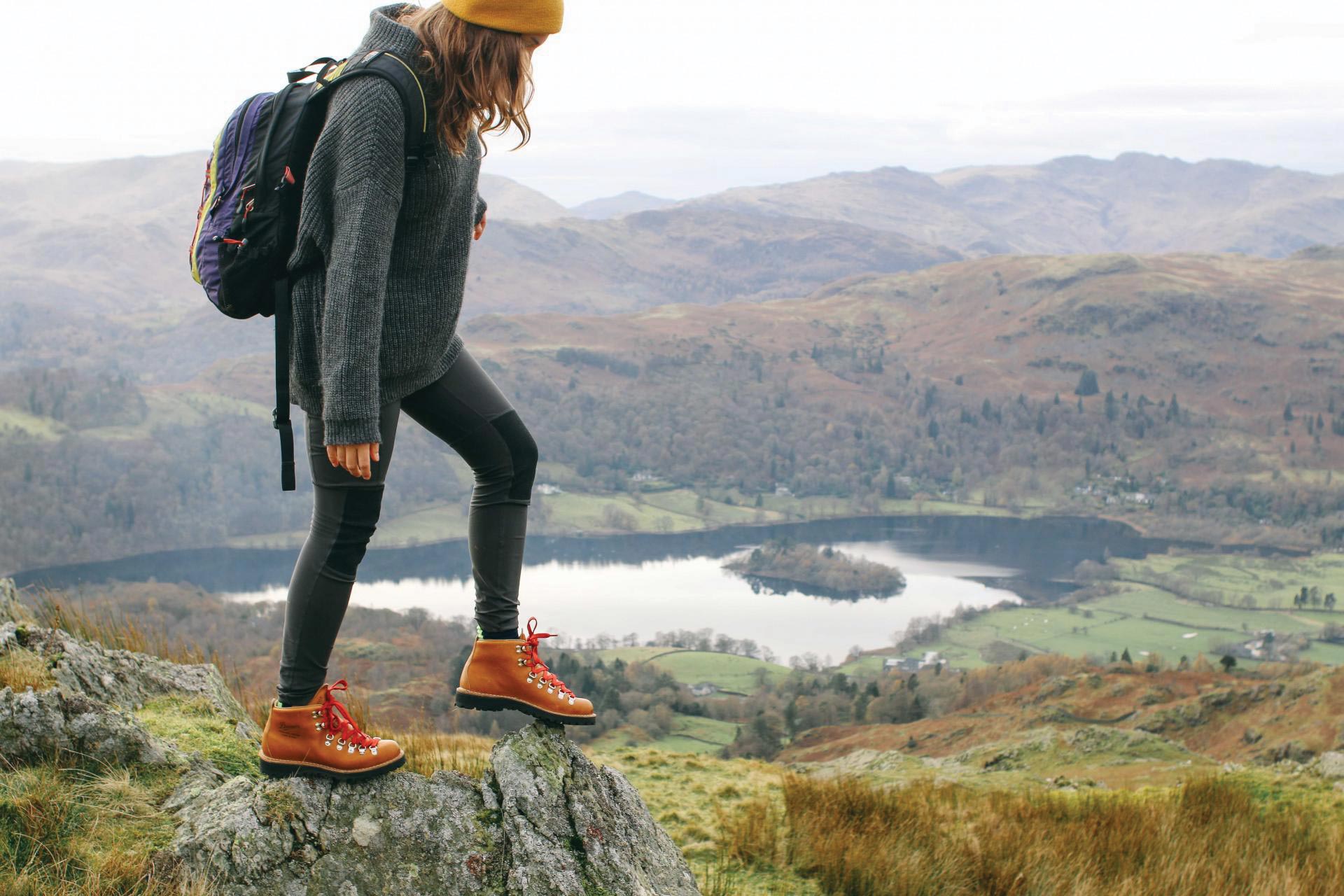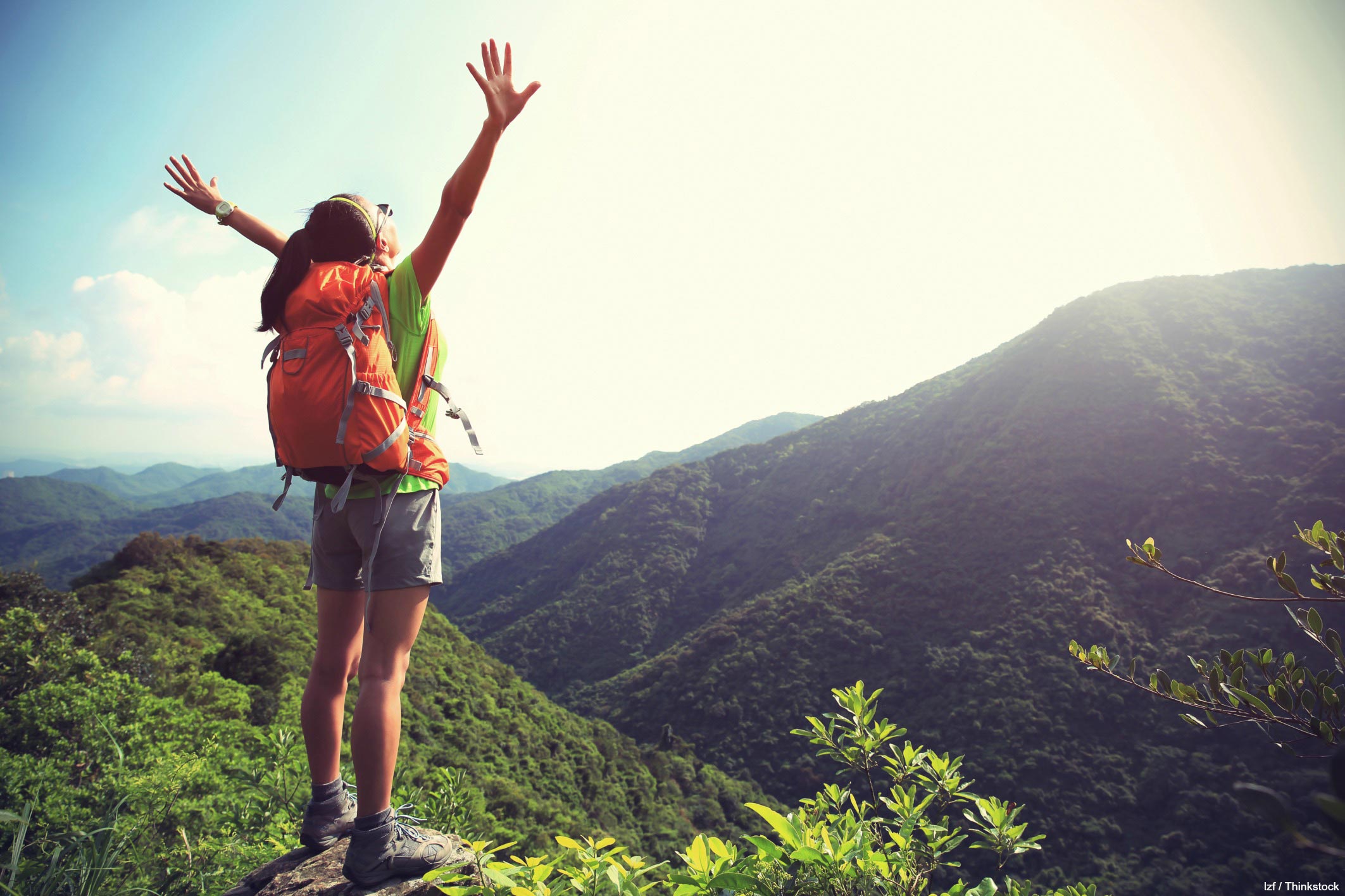If you’re gearing up to head out on a hike, you certainly want to make sure you have all the right equipment, such as the proper backpack, maps, and other gear—but if you don’t also wear the right clothes, your trip will quickly become an uncomfortable experience.
Wearing the right hiking clothes means knowing the type of trail you’ll be on, what the temperature and climate will be, and how long you’ll be outdoors. So before you get dressed, take these factors into consideration to make your decisions accordingly.

Materials
The best HIKING CLOTHES are made of synthetic materials that keep you dry as you start to work harder and sweat more. While you may be tempted to wear that soft cotton tee, don’t! It will actually just trap sweat and moisture, staying wet and cooling you down. In addition to being uncomfortable, you will quickly get the chills if you’re heading up a mountain and the temperature drops.
The best materials are soft, lightweight, and moisture wicking. Additionally, you may want to wear either a short- or long-sleeve shirt, depending on how hot it is, but remember that a short-sleeve shirt leaves your skin exposed to the elements, including sunburn and scratches from plants and rocks.
Pants
Pants, which should be made of durable, quick-drying fabrics such as spandex or nylon (just as with your upper body, be sure to avoid cotton), should be worn if you expect any drop in temperature or heavy vegetation along the trail. Wearing pants keeps your legs protected from hazards such as poison ivy or other allergenic plants, and keeps you warmer when the temperature drops as you gain elevation.
Boots and Socks
There are as many different kinds of HIKING BOOTS as there are trails out there, but whatever you choose, you’ll need to make sure your footwear is durable, comfortable, and appropriate for the conditions. If the trail is excessively wet or muddy, consider boots with waterproof material to keep your feet drier. If the trail is very rocky, pick boots that come up slightly higher on the ankle for increased support. Of course, when it comes to footwear, fit is everything. The wrong boots could leave your feet aching and give you serious blisters.
Rain Gear
Even if there’s no rain in the forecast, don’t leave home without a good RAIN JACKET. The weather conditions can change quickly, so it’s best to be prepared with a waterproof, breathable rain jacket inside your hiking backpack. These jackets use advanced technology to let sweat and body moisture out without letting rain or other precipitation in. Ponchos also work well for keeping you and your pack dry during an unexpected rainstorm, but they won’t be as comfortable, or stylish, as a solid rain jacket.
Hats
A hat is a great way to keep the sun off your face and protect your head from direct, harmful rays. Some of the best hiking hats are full-brimmed, water-repellent garments that are extremely breathable and keep your head warm, and can keep the rain out of your face in the event of a storm.
Layering
Before you go hiking, always assume that the temperature could drop significantly, especially if you’re going up in elevation. One of the best ways to stay protected from any changes in weather is to use a three-layer system of clothing. As your base, wear a lightweight, moisture-wicking garment. If it gets chilly, pull a light- or medium-weight fleece out of your HIKING BACKPACK, and then, use an outer shell to keep out any wind or rain.

